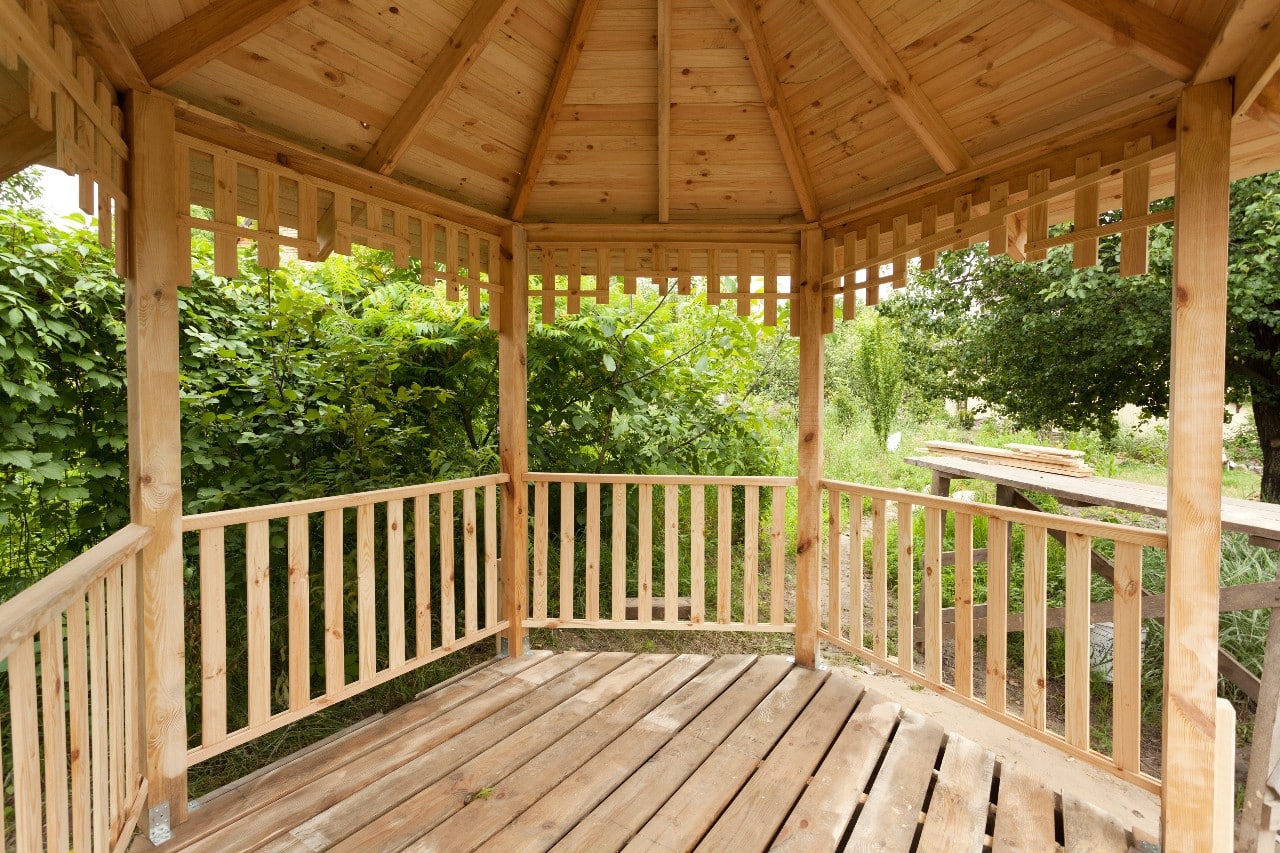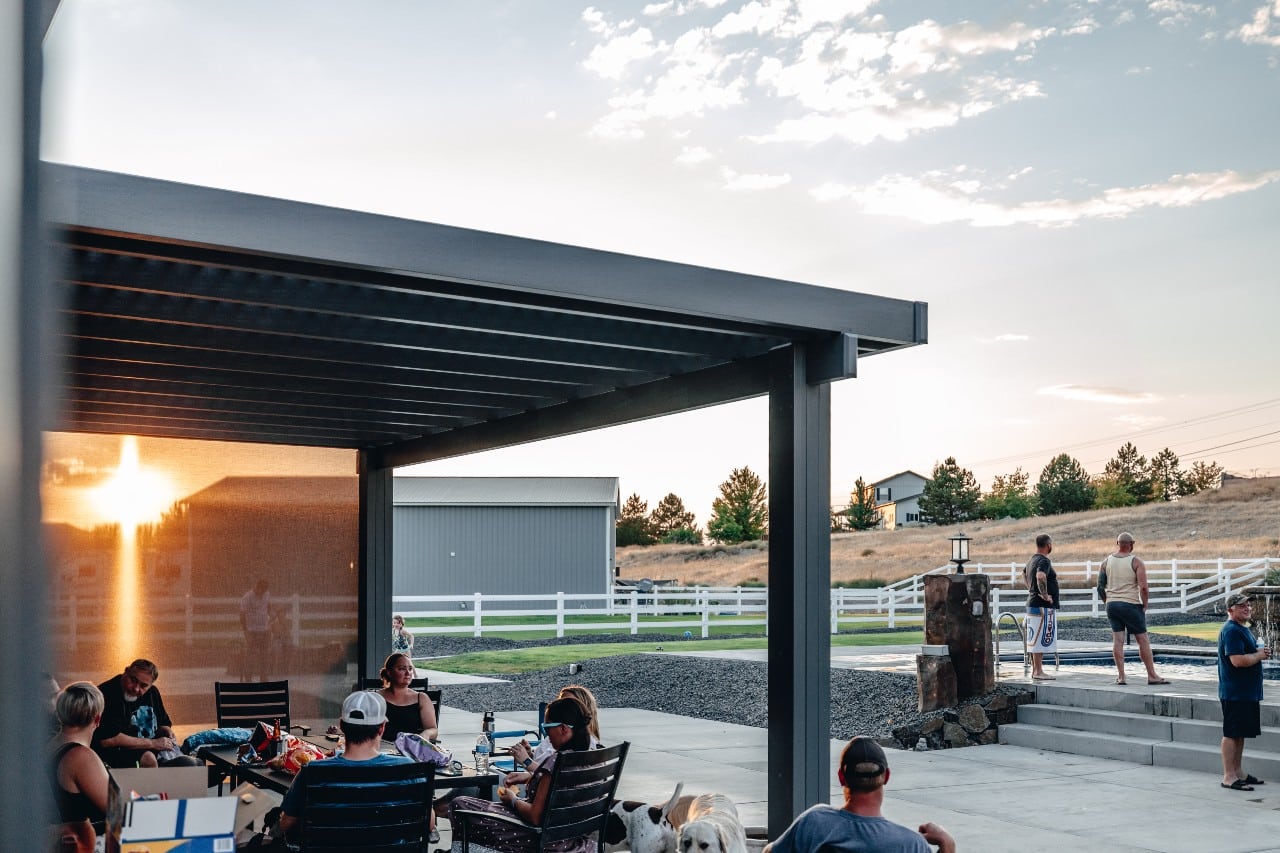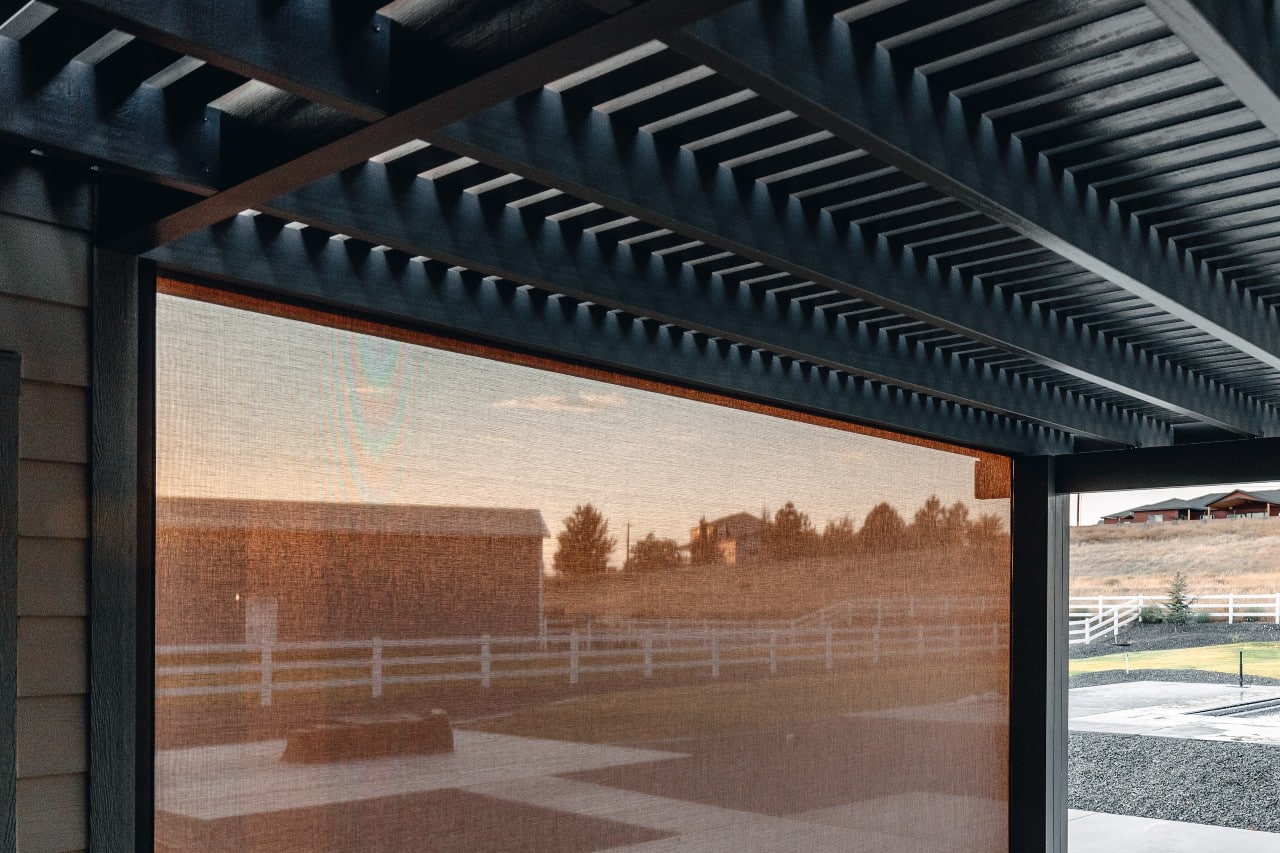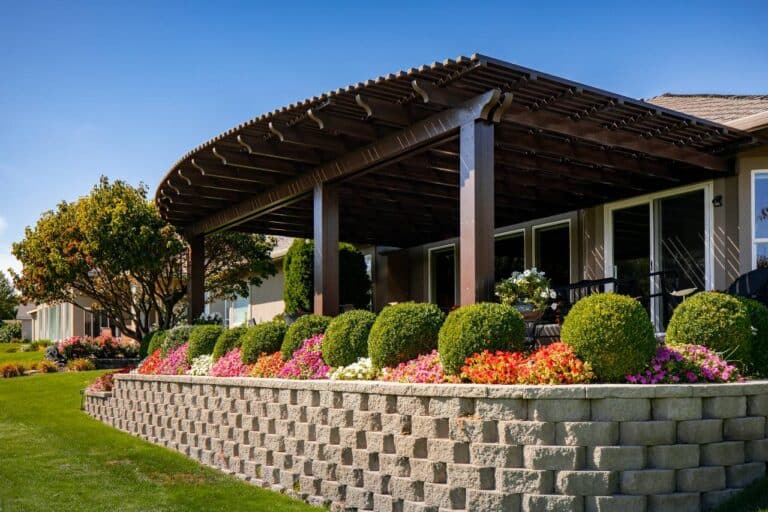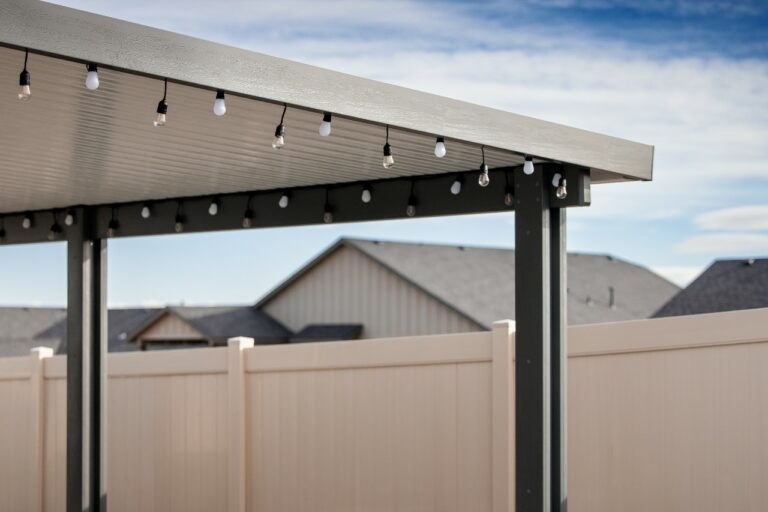Gazebos and pergolas are outdoor structures people have been adding to their properties for generations to provide relief from sunshine and rain. Many home renovation enthusiasts are excited by the concept of expanding their livable space but often interchange these words when they should not. Today, we are sharing with you the critical difference between a gazebo and a pergola, as well as our recommendation for the structure you should add to your home.
What is a Gazebo?
Dating back thousands of years, gazebos have been a sign of luxury and beauty among the wealthiest landowners. Often placed in lush gardens surrounded by flowers or on an idyllic spot to gaze at a stunning view, gazebos were designed as a place of respite from unexpected rain, the sweltering summer heat, or simply to read a book among nature.
The structure of the gazebo is that of a hexagon (6 sides) or octagon (8 sides). Standing as a free structure, the gazebo is most commonly lifted off the ground to provide extra height for views and to prevent flooding. The sides of the gazebo may be fully open with only support beams holding up the roof, or there may be half walls, a railing, or even entire walls with windows. Speaking of the roof, they are designed similarly to that of a house, just on a much smaller scale.
Design-wise, gazebos are often ornate and delicate in appearance. You most commonly see them in a Victorian garden or on the grounds of a massive estate. Have you never seen one before? Turn on a historical English drama on Netflix, and one is bound to make an appearance eventually.
What is a Pergola?
Unlike gazebos, the modern concept of pergolas only dates back a few hundred years and has transformed into an amenity found on many properties in regions with heavy sunshine.
Compared to the ornate details of a gazebo, pergolas are more minimalistic. As a structure, pergolas can stand freely or be attached to an existing structure. It is quite common to see pergolas utilize the support of a house to extend over an existing deck or patio.
The roof design of a pergola can vary greatly depending on the needs of the homeowners. Some choose to have an “open” roof, with mere beams covering the expanse. Others choose a lattice, which can be either tightly woven to provide more shade or a looser design to let in more sun. Others prefer a fully covered pergola or even a retractable roof that can open or close at the touch of a button.
Most pergolas do not have walls; however, some homeowners choose to add retractable zip shades or rotatable blades to prevent excess light, wind, rain, or debris from entering the covered area.
As a common structure found in the backyards of many Americans, pergolas are an excellent addition to homes looking to expand their livable space, devise shaded areas, and increase the value of the home.
Why Pergolas are Better than Gazebos
- Gazebos are only free standing
Gazebos are freestanding structures, meaning that a homeowner must have enough backyard space to adequately fit a decently large structure without appearing too big or out of place. With most homeowners having limited backyard space, a gazebo would likely be too grand a structure when other amenities would be more useful.
Additionally, since the structure is in an open space, you can’t simply step into it like you can with an attached pergola. Many homeowners enjoy the luxury of being able to step out of their back door to be right under the pergola. No exposure to the elements, putting on shoes, or venturing into the region of space where neighbors can see you are required!
- Gazebos rarely match modern homes
Gazebos are absolutely beautiful structures, but their petite, elegant, and often opulent design rarely matches modern homes. From a design standpoint, a gazebo would look out of place next to a brick or wood-sided home. While a clever designer could probably modify a home to make the styles match more, it would be an expensive endeavor.
- Gazebos are static
Gazebos are relatively static as a structural concept, meaning there is little room for adaptation. What you see is what you get. Comparatively, pergolas can be designed according to the specific preferences of a homeowner, and they can secure features that modify the structure at the touch of a button. Whether the homeowner wants a retractable shade or a roof, they can decide each day how much sun or shade they want. You certainly won’t see such amenities on a gazebo.
Patio Covers Unlimited Northwest
Eastern Washington where Patio Cover Unlimited NW is located, we receive over 300 days of sunshine a year, making pergolas a much-desired aspect of any backyard. With our pergolas, you can expect to receive:
- Structures that are maintenance-free and constructed out of high-grade aluminum, embossed with a wood grain texture, resulting in the look of real wood without the upkeep.
- High-quality and durable structure materials. Unlike wood, our pergolas will not crack, warp, split, chip, or peel and will not chalk or fade even under constant UV and wind exposure.
- Various design options. Our pergolas come in several sizes, shapes, finishes, and can be adapted to create any desirable combination of shade and sunlight.
- An affordable price and easy to design in order to compliment your home.
Enhance your home and spend more time outside starting today! Schedule a free estimate for a pergola with Patio Covers Unlimited to start your journey.
